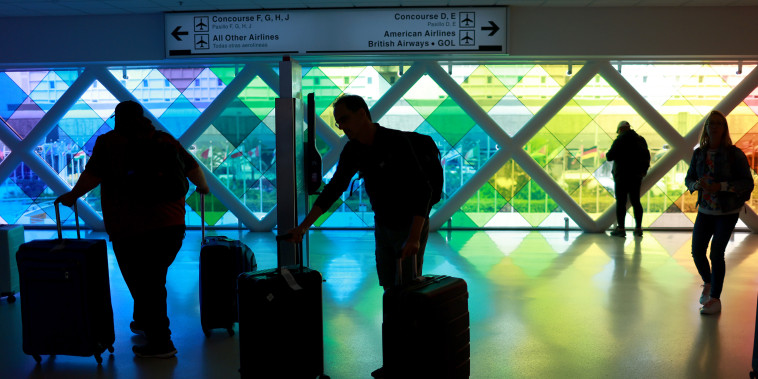Air Travel Demand is Breaking Records, Airline Profits are Not
The aviation industry has been experiencing a unique phenomena in recent times where air travel demand is skyrocketing, yet airline profits fail to reflect this surge. This mismatch between demand and profitability has been a pressing concern for airlines worldwide, leading to a closer examination of the underlying factors causing this disparity.
One prominent factor contributing to the discrepancy between high demand and low profits in the airline industry is the ongoing effects of the COVID-19 pandemic. Despite the increasing number of passengers taking to the skies, airlines continue to grapple with the financial repercussions of the pandemic. The initial shock of the global health crisis led to widespread flight cancellations, border closures, and a drastic reduction in air travel demand. Airlines were left facing steep financial losses as they struggled to stay afloat amidst the uncertainty and volatility of the pandemic.
Furthermore, the recovery of the airline industry post-pandemic has been hindered by a host of challenges, including fluctuating fuel prices, rising operational costs, and ongoing travel restrictions. Fuel prices have been particularly volatile in recent months, with sharp fluctuations impacting airline profitability. The increase in fuel costs has put additional strain on airlines, eroding profit margins and hindering their ability to capitalize on the surge in travel demand.
Additionally, airlines continue to grapple with the complexities of navigating a post-pandemic travel environment characterized by evolving health and safety protocols. The need to ensure passenger safety and implement stringent hygiene measures has necessitated additional investments in sanitization procedures and protective equipment, further squeezing airlines’ already tight profit margins.
Moreover, the competitive nature of the airline industry and the prevalence of price wars have also played a role in limiting airlines’ profitability despite surging demand. Airlines are often compelled to reduce ticket prices to attract passengers and remain competitive in a crowded market, leading to a scenario where high demand does not necessarily translate into increased profits.
In response to these challenges, airlines are exploring various strategies to boost profitability and weather the storm of the post-pandemic recovery period. Some airlines are focusing on optimizing route networks, adjusting capacity to meet changing demand patterns, and enhancing operational efficiency to reduce costs. Others are exploring ancillary revenue streams, such as offering premium services, onboard amenities, and loyalty programs to generate additional income.
Furthermore, airlines are closely monitoring market trends and consumer behaviors to adapt their business models and services to meet evolving needs. By staying agile and responsive to changing market dynamics, airlines can position themselves for long-term sustainability and profitability in a highly competitive industry.
In conclusion, the discrepancy between surging air travel demand and stagnating airline profits presents a complex challenge for the aviation industry. By addressing the underlying factors contributing to this mismatch and implementing strategic measures to enhance operational efficiency and revenue generation, airlines can navigate the turbulent post-pandemic landscape and emerge stronger and more resilient in the face of adversity.
